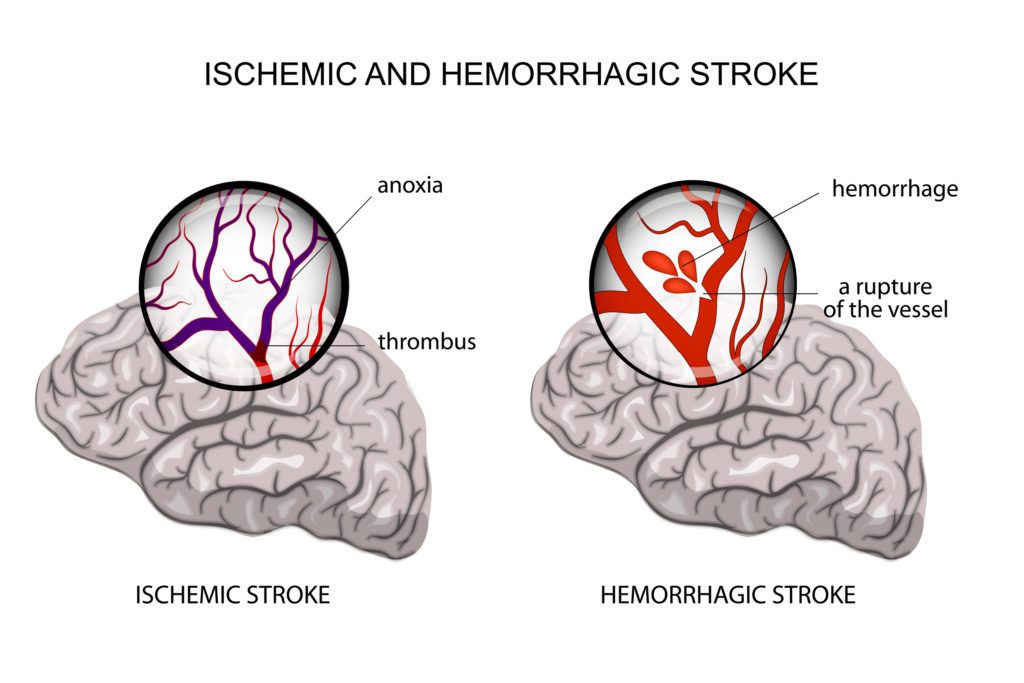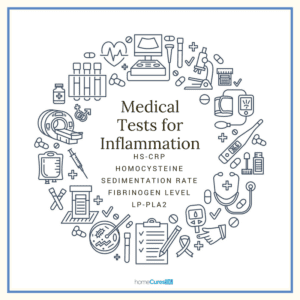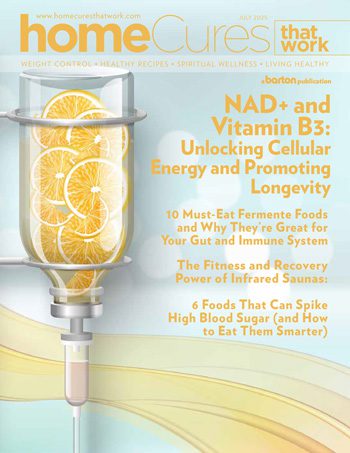Deadly Stroke Triggers and How to Lower Your Stroke Risk Naturally
A patient is taken to the Emergency Department of his local hospital with signs and symptoms of a stroke: one-sided weakness, speech changes, facial droop, severe headache, numbness on one side, or some other loss of function. In the ER he is found to have very high blood pressure, so he is given a medication to lower blood pressure. Suddenly, he starts getting worse, and may die from the treatment. So why does lowering very high blood pressure cause worsening of a stroke, or even death?
A stroke is a lack of blood flow to an area of the brain. The blood flow to the brain is directly correlated with the blood pressure. If the blood pressure is lowered, the blood flow to the brain slows down, and the stroke is worsened. Brain cells will die faster, and the stroke area increases. This treatment is dangerous, and the FDA has recommended that it not be used,[1] but in some places it persists. The temptation to lower severe hypertension is just too great for many doctors.
Since I have many patients in a nursing home, I see lots of strokes. I manage strokes of all kinds in people of all backgrounds. I have had artists, businessmen, surfers, and people from all walks of life. Nobody is exempt, everyone is at risk — if they don’t care for their arteries. The brain is the most sensitive organ to blood flow. Any lack of nutrients and oxygen stops all function immediately. A large stroke in some areas may have little noticeable effect, whereas a tiny stroke in others can be devastating. One of my patients had a 3mm stroke in the brain stem, which made her unable to move any muscle, except her eyes and eyelids.
A stroke is damage to the brain from a lack of blood flow. There are two different kinds of strokes:
- Hemorrhagic stroke is bleeding in the brain from a ruptured blood vessel. Trauma, such as a fall or automobile accident, or an aneurysm, a weak spot in a blood vessel that ruptures, can cause a hemorrhagic stroke. These represent a small percentage of strokes.
- Ischemic stroke is a lack of blood flow to an area because of clogging of an artery. This can happen when material from plaque in an artery breaks off, travels into the brain, and clogs an artery, or when the blood clots in an artery. This is by far the most common cause of strokes.
Transient Ischemic Attack
A temporary stroke is called a transient ischemic attack, or TIA. These are always ischemic, or blockage of arteries. It generally lasts for less than a day, and is most often a result from clots. The body will dissolve clots, or use collateral circulation to get blood to the area. The important thing to note about a TIA is that they aren’t benign. Just because they go away quickly and resolve completely doesn’t mean there is no damage. They also indicate a risk for a major stroke in the same area, so they should not be ignored. If you have any kind of TIA, you need to do all you can to lower your risk of stroke.
Strokes are very common
- Each year nearly 800,000 people experience a new or recurrent stroke.
- A stroke happens every 40 seconds.
- Stroke is the fifth leading cause of death in the U.S.
- Every 4 minutes someone dies from stroke.
- Stroke is the leading cause of adult disability in the U.S.
- Up to 80 percent of strokes can be prevented. [2]
This last one is what we want to discuss. How can 80% of strokes be prevented?
High Blood Pressure and Stroke
Let’s first look at the standards of society. We have been told that stroke is caused by high blood pressure. Even today, most of the medical websites on stroke tell the same story, such as that found on WEBMD:
“Experts say 80% of strokes can be prevented. The single best way to do that is to get your blood pressure in the healthy range. That means lower than 120/80.” [3]
However, a thirty-year study of men showed that lowering blood pressure with medications didn’t lower stroke risk compared to those who had normal blood pressure. The authors concluded:
“In spite of a substantial reduction of their blood pressure, treated hypertensive middle-aged men had a highly increased risk of stroke… compared with non-hypertensive men of similar age.” [4]
In other words, medications to lower blood pressure are not as good as having normal blood pressure.
Other studies have shown similar results.[5]
The take-home message is that while people with lower blood pressure have a lower risk for stroke, those with high blood pressure continue to have a much higher rate of strokes, even if their blood pressure is lowered with drugs.
If lowering blood pressure with drugs doesn’t appreciably lower the risk of stroke, what can we do?
Cholesterol and Stroke
Perhaps you may think that lowering cholesterol will lower your risk of stroke. However, this may not be true. A study of 45,000 [6] people showed no correlation between cholesterol level and stroke. And, the prospective trials seem to indicate a possible “J-curve” with increasing death from stroke below 160, and above 240 with a cholesterol level around 200 having the lowest risk. [7]
Stroke Cause vs. Association
The reason that changing the “risk factors” doesn’t change the risk is because they are not the cause of the problem. Hypertension and high cholesterol are associated with stroke, but don’t cause stroke.
Real Stroke Risks
The symptoms of hypertension and cholesterol, however, can give us the means to know what really causes strokes. If we find the cause of high blood pressure and high cholesterol, we can maybe get some clues. The two primary sources of arterial disease that can lead to stroke are:
- Inflammation
- Metabolic
Stroke and Inflammation
When we have inflammation anywhere in the body, it increases our clotting mechanism. This allows clots to form in the blood vessels, which can travel to the brain and cause a stroke. We know now that inflammation is a cause of stroke. Inflammation can come from many sources including:
- Reactions such as allergies
- Infections
- Nutrient deficiencies
- Toxins
- Autoimmune disease
- Inflammatory bowel diseases
- Gum disease
Again, the problem of inflammation is that we can alleviate the symptoms of inflammation such as pain, redness, tenderness, and swelling, but that may not remove the cause, or lower our risk of stroke.
Stroke Metabolic Causes
It is interesting that type 2 diabetes has a far greater association with stroke than blood pressure. This illness is a metabolic problem, or a disease that affects the energy production. Type 2 diabetes happens from eating too much sugar and carbohydrates. It can also happen from having too much stress hormones, such as cortisol. Stress hormones raise the blood pressure and increase cholesterol and sugar. This gives us some ideas as to what we can do to lower our risk of stroke.
Preventing stroke for good!
Now, lets get to that 80% — how can we lower our risk by that much?
InflammationThe first thing is to lower inflammation. If you have any inflammatory condition, don’t just take aspirin or other drugs to relieve the symptoms, rather, find the cause and treat it. If you have arthritis, don’t just mask the symptoms, find out why and remove the cause.
A few helpful tests that can determine if you have inflammation are:
- Hs-CRP
- Homocysteine
- Sedimentation Rate
- Fibrinogen level
- Lp-PLA2
These will indicate if you have inflammation, and what type it is, and also if you are prone to vascular disease. Any doctor or, in some states, nutritionist, can order them. Some labs even allow a patient to walk in and ask for them.
If you test positive, then find out why, and treat the underlying cause, this will lower your stroke risk dramatically.
The second most important treatment is to improve metabolism. This means allowing your body to use all forms of energy. As the populations of the world are becoming more obese, the stroke rates increase. However, again, obesity is only a symptom indicating that the person is not able to use fat for energy. We store all the extra energy we don’t use as fat, but if we never use it, we just continue to store it. The key here is to be able to use fat for energy. This has the effect of cleaning out of the arteries.
There are several ways to do this:
- Avoid sugar
- Avoid carbohydrates
- Eat less
- Eat fewer meals
- Intermittent fasting
- Ketogenic diet
A combination or all of the above is the most helpful. The key is to burn fat. When we stop eating, we start using the fat we have stored. This is the single best way to lower stroke risk.[8] In fact, we don’t even need to lose weight to get the benefits.[9] It’s not the amount of fat we have, rather it’s our ability to use it for energy that lowers our stroke risk. This is why there are many overweight people who don’t get strokes.
A Word About Atrial Fibrillation
When people have a condition called atrial fibrillation, that makes their heart beat irregularly. They may form clots in the heart that can go into the brain and cause a stroke. This is all too common and can be avoided by using blood thinners. While the prescription blood thinners have their problems, I don’t know of any studies using natural blood thinners to prevent stroke. I have many patients with atrial fibrillation who use prescription blood thinners, and I have others who can’t, or won’t, take them. In the latter cases I give them natural blood thinners, and use the methods above to lower their risk of forming clots that may go to the brain. There is no guarantee either way, but this condition should not be ignored.
STRESS and STROKE
Now, last, but not least, stress management is important to the prevention of strokes for the reasons above. We all have stress, so we must learn how to MANAGE it, not try to get rid of it. There is no way to rid ourselves of stress – except death, or worse, such as stroke that leaves us incapacitated!
Much has been said, and written, about lowering stress so I’ll give a summary:
- Forgive everyone of everything. Forgive all injuries, pain, and suffering.
- Connect with others. Love all.
- Exercise regularly.
- Fast periodically.
- Focus on an important project. Have goals and objectives. Live with intention.
- Avoid addictions.
- Read Scripture daily.
- Write in a journal.
- Connect with God.
Strokes are feared so much that people are willing to spend thousands of dollars and take medications for their entire lives just for a very small possibility of preventing them. There is a better way. I believe that by following the principles outlined above, you can lower your risk of stroke not only 80%, but very near 100%.
Here’s why knowing your cholesterol numbers are important. Speaking of health, start taking up these intermittent fasting practices immediately.


























